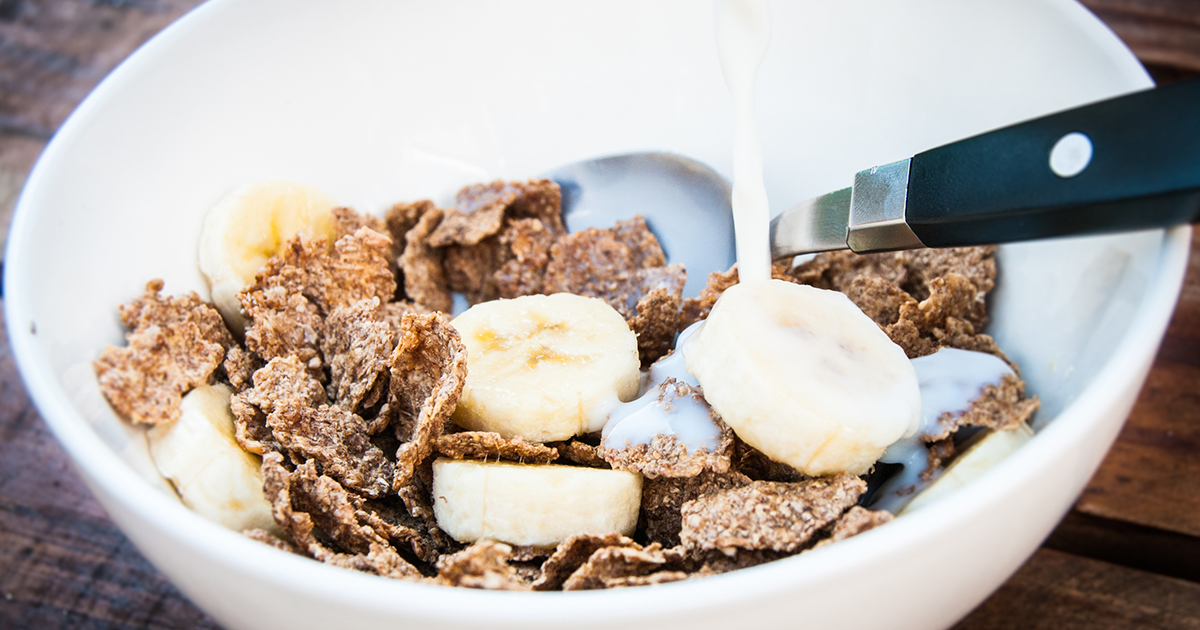Familial Hypercholesterolemia Treatment Guide
Familial hypercholesterolemia is a genetic condition that causes elevated levels of low-density lipoprotein (LDL) cholesterol in the body. Patients with this disorder have a high risk of developing cardiovascular disease, and they often experience heart attacks at a younger age than the general population. In fact, research has shown patients with familial hypercholesterolemia have five times the risk of cardiovascular disease compared to individuals with cholesterol levels less than 130mg/dL. Men with this condition develop cardiovascular disease an average of twenty years earlier than those at normal risk, and some of these men may even have heart disease in their twenties. For women with familial hypercholesterolemia, cardiovascular disease appears as much as thirty years earlier than it does in women without this condition. In addition to elevated cholesterol, common symptoms of familial hypercholesterolemia include cholesterol deposits on the skin, eyelids, tendons, and cornea. These deposits usually have a waxy appearance. Some patients with this disease may experience chest pain (angina). A simple blood test is all that is needed to diagnose familial hypercholesterolemia.
Since this condition drastically increases the risk of a cardiovascular event, treatment focuses on heart health and reducing cholesterol as much as possible. The treatments and lifestyle modifications described below are some of the most common recommendations for patients with familial hypercholesterolemia.
Get More Physical Exercise

Exercise improves cholesterol and reduces the risk of cardiovascular disease. Doctors recommend that everyone with familial hypercholesterolemia get more physical exercise, and exercise is the preferred first treatment for children with this condition. Before beginning an exercise routine, patients should consult their doctor for a physical examination and advice on the most appropriate routine for their individual needs. Generally, patients are advised to aim for 150 minutes of moderate exercise each week. Brisk walking, aerobics, yoga, swimming, dancing, and even household chores can all count. While exercising, patients should be vigilant for any signs of chest pain, dizziness, shortness of breath, or nausea. If these signs appear, the patient should stop exercising and schedule a doctor's appointment. Patients who are new to exercise should start with ten minutes a day, gradually increasing this to thirty minutes over a period of several weeks. Joining an exercise class or working with a personal trainer may be beneficial for some patients.
Uncover more options for treating familial hypercholesterolemia now.
Maintain A Healthy Weight

Being overweight or obese further increases the already elevated risk of heart disease for patients with familial hypercholesterolemia, which is why maintaining a healthy weight is important as treatment. Currently, many doctors use body mass index (BMI) as a tool to determine a healthy weight range for individual patients. This measurement is a ratio of height to weight. A BMI of between 18.5 and 24.9 is considered optimal. Readings of between twenty-five and 29.9 are considered overweight, and readings of thirty or more are classified as obese. To maintain a healthy weight, patients are encouraged to exercise regularly and pay attention to their nutrition. Minimizing fast food, fried foods, and red meat can help, and patients should also try to include more fruits and vegetables in their meals. Some patients have found adopting a primarily plant-based diet is beneficial for weight control. For patients who have serious struggles with weight, medication or surgical intervention may be appropriate.
Get the details on more ways to treat familial hypercholesterolemia now.
Reduce Saturated Fat Intake

Consuming a diet high in saturated fats is particularly risky for patients with familial hypercholesterolemia. Studies have shown saturated fats increase total cholesterol, and they also raise low-density lipoprotein cholesterol, which is already elevated in patients with familial hypercholesterolemia. For patients with high cholesterol, doctors generally recommend saturated fats make up just five percent of the total daily calorie intake. For a patient consuming two thousand calories per day, this equates to approximately eleven grams of saturated fat. To reduce saturated fat intake, patients could start by reducing meat and dairy, which naturally contain higher levels of saturated fat. Switching to one percent or skim milk may be beneficial. In addition, reducing the use of oils such as palm, palm kernel, and coconut oil will help lower an individual's saturated fat intake.
Learn more about treating familial hypercholesterolemia effectively now.
Options For Medications

Nearly all patients with familial hypercholesterolemia will need to take cholesterol-lowering medication. Children with this condition may need to start medication as early as ten years old. Options for appropriate medications include statins, bile acid-binding resins, and cholesterol absorption inhibitors. Some patients may be able to take a combined pill that contains a statin and a cholesterol absorption inhibitor. In addition to these medicines, alirocumab and evolocumab are injectable medications specifically designed to treat familial hypercholesterolemia. Both drugs enable the liver to absorb a higher amount of low-density lipoprotein cholesterol. Patients can self-administer these injections, and they are typically taken two or three times per month. For patients who have high triglycerides and high low-density lipoprotein cholesterol, doctors may recommend using some of the aforementioned medications with omega-3 supplements, niacin, and fibrates. While taking these medications, patients may need to have routine blood tests to monitor their cholesterol and liver function. Patients should report any muscle pain, weakness, or other side effects to their medical team. If possible, an alternate medication can be prescribed to reduce side effects.
Continue to reveal more methods of treating familial hypercholesterolemia effectively now.
Consume Adequate Fiber

Research shows a high-fiber diet can help reduce low-density lipoprotein cholesterol in the body. Soluble fiber, the kind found in oats, is particularly beneficial in the cholesterol-lowering process. To consume adequate fiber, experts recommend aiming for at least five to ten grams of soluble fiber per day. If possible, it is best to obtain this fiber from food instead of relying on supplements. Oatmeal, oat bran, pears, apples, kidney beans, and Brussels sprouts are all rich in soluble fiber. Broccoli, avocados, strawberries, chickpeas, and lentils are other major sources of this type of fiber. Patients who struggle to consume adequate fiber may wish to consult a nutritionist for advice on planning high-fiber meals.